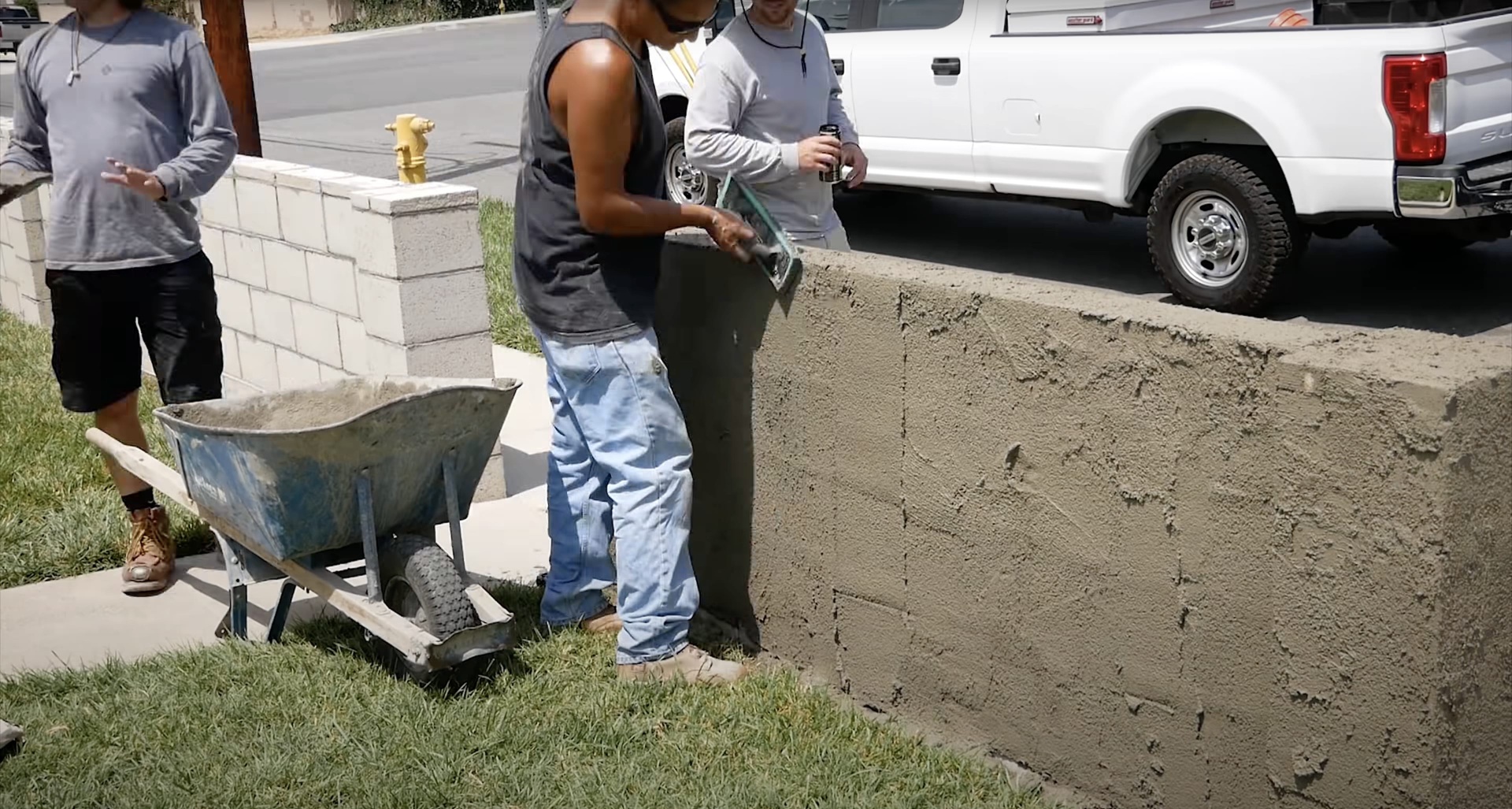Understanding Concrete Crack Repair: When to DIY vs Call a Professional

Not all concrete cracks signal disaster, but knowing which ones need professional attention can save you from turning a $300 repair into a $3,000 replacement.
The DIY-Friendly Cracks
Hairline cracks under 1/8 inch wide and less than an inch deep can often be handled with quality concrete filler from your local hardware store. These surface-level issues typically result from minor settling or temperature changes and don't threaten structural integrity. Clean the crack thoroughly, apply filler according to directions, and you're good to go.
When to Call the Pros
Cracks wider than 1/4 inch, growing cracks, or those showing vertical displacement need professional assessment. These often indicate underlying soil issues, water damage, or structural problems that surface-level patching won't fix. You'll waste money on temporary solutions when the real problem continues worsening underneath.
The Pattern Tells the Story
Multiple cracks forming patterns – spider web designs, parallel lines, or cracks radiating from corners – suggest bigger problems. Our Seattle soil, with its mix of clay and moisture fluctuations, can cause serious foundation movement. These situations require professional concrete repair with proper diagnosis and engineered solutions.
Prevention Beats Repair
Whether you DIY or hire professionals, address cracks promptly. Water infiltration through even small cracks accelerates damage through freeze-thaw cycles. Regular sealing every few years and proper drainage maintenance prevent many crack problems from developing in the first place.
Not Sure Which Type You're Dealing With?
We offer free assessments to help you understand your concrete's condition. Sometimes a simple DIY fix works perfectly. Other times, catching major issues early saves thousands. Either way, we'll give you honest advice about the best path forward.